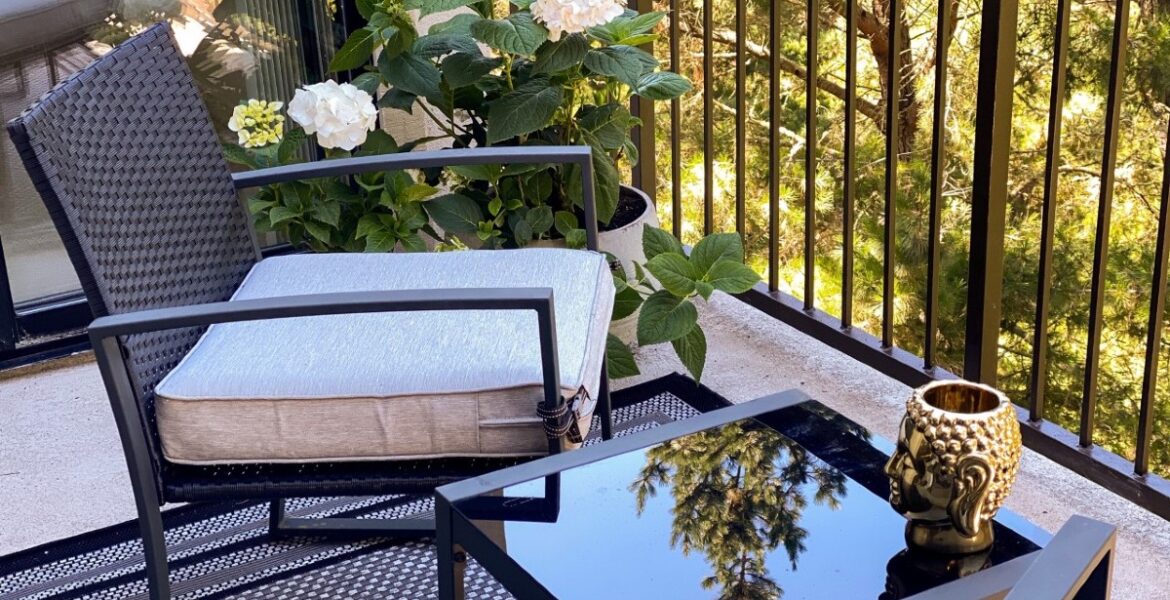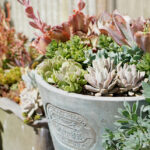If you’ve ever noticed how relaxed you feel after spending time in nature, then the next best thing to that is gardening. Since many people are unable to escape to a forest or beach right now (due to the quarantine), the good news is, you can still enjoy the meditative benefits of gardening at home.
As shared in an article on Well+Good, Carla Manly, Ph.D., clinical psychologist, and author, says “Gardening can bring us joy and can even be a form of meditation. When we’re involved in something like gardening, we are very much able to, in the meditative sense, let go of our thoughts and be focused in the moment on what we are doing.”
Here are tips on how to turn gardening into a meditation practice that boosts mindfulness and a sense of joy.
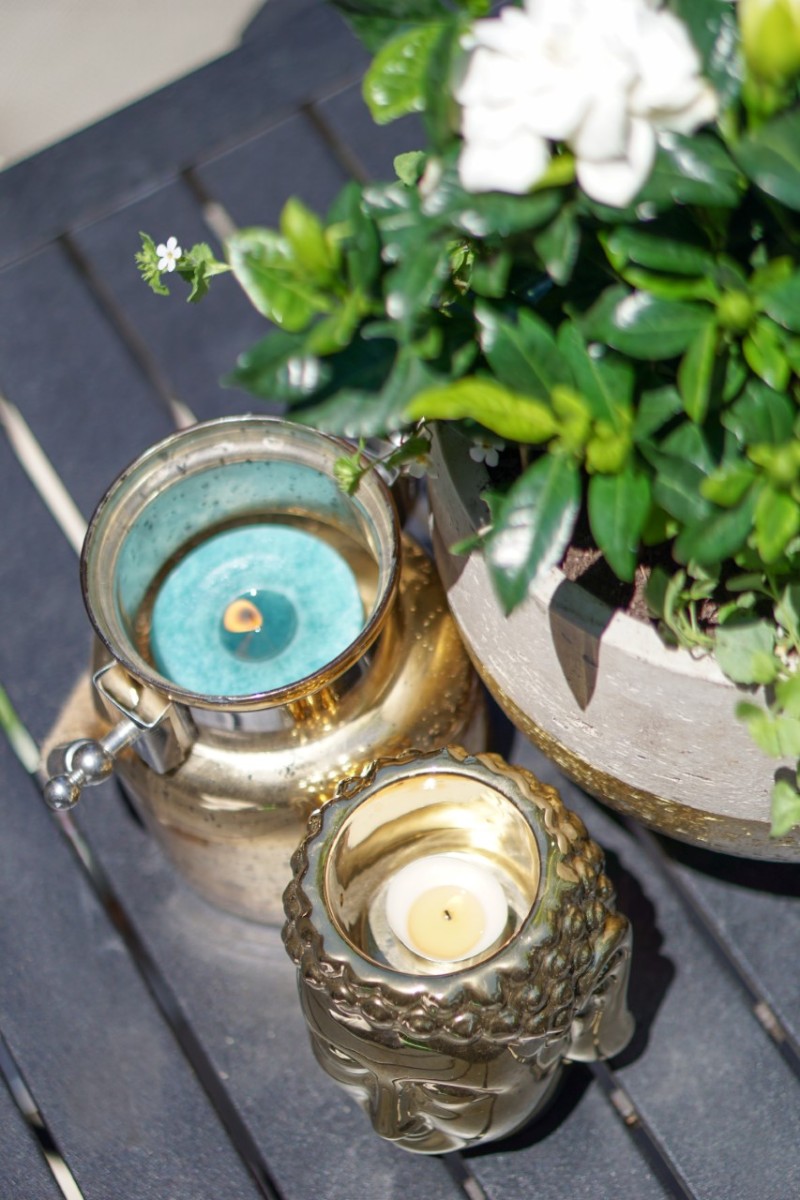
Choose Plants That Spark Joy
Since plants and flowers add beauty to your home, always choose plants that “spark joy”. Be mindful of selecting plants that are visually appealing to you, whether it’s a specific colored flower (such as a cheery yellow or calming white) or a type of leaf (like a fresh and clean-looking glossy leaf).
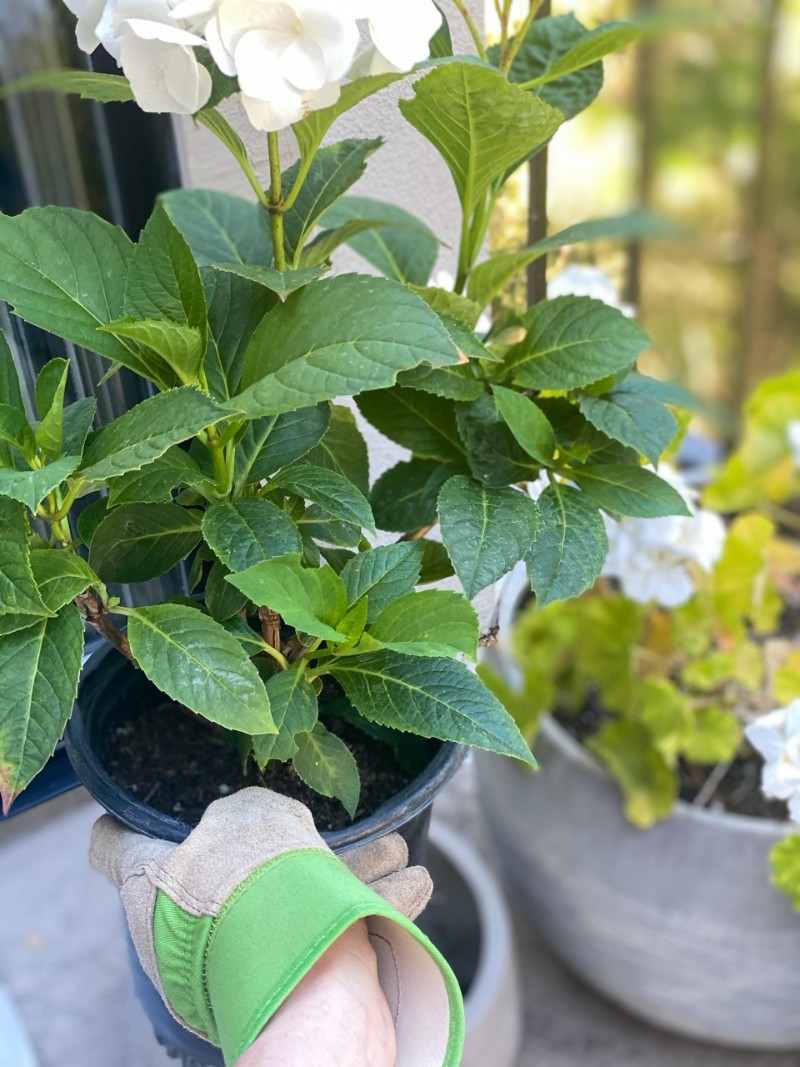
Consider Planting Aromatic Flowers
When planning your garden (or patio), also consider opting for a few plants that offer an aromatic benefit, such as lavender (which has a calming scent) or gardenia (which exudes a romantic scent). Our sense of smell has a powerful effect on our moods and even on our memory. That’s why having aromatic plants around us can help to uplift our spirits or calm our emotions.
As stated in an MSN article, “As it turns out, stopping and smelling the roses has some pretty impressive cognitive health benefits. A study, which was published in Scientific Reports, found that rose scents can help with information retention and learning success.”
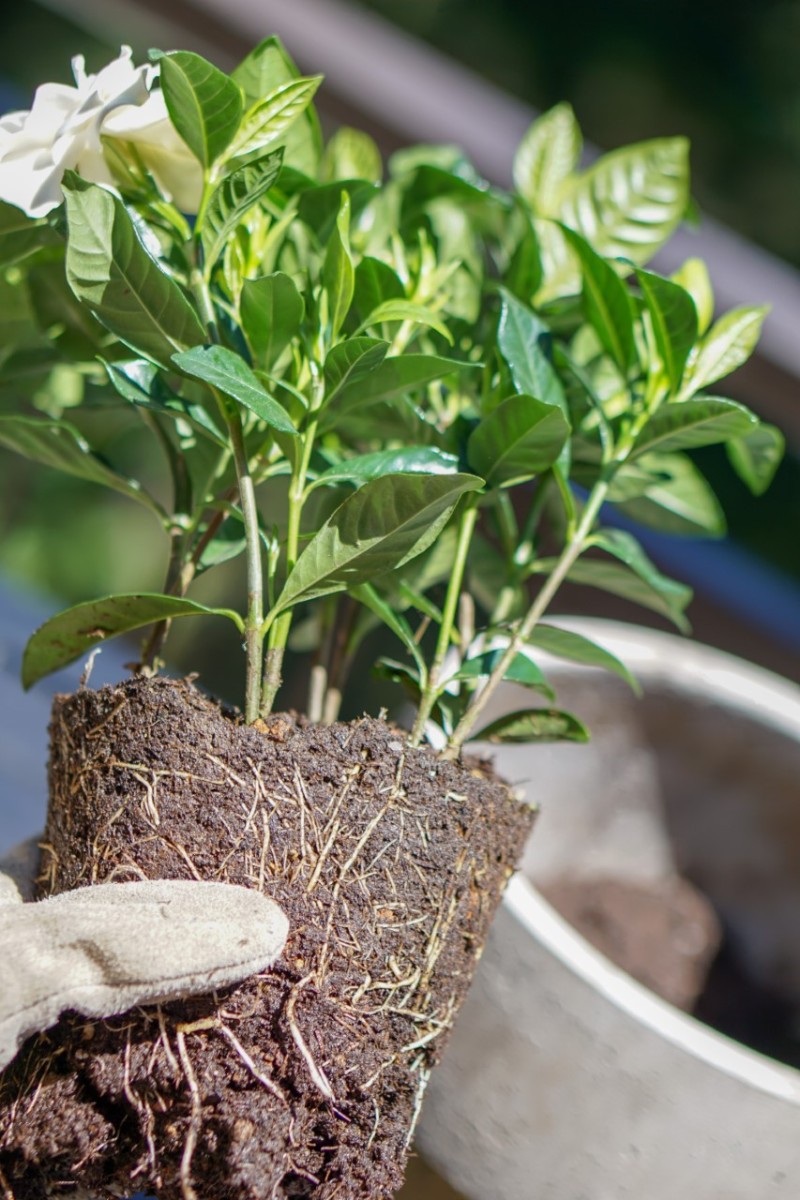
Connect with Nature by Focusing on Breathing
To start with, set your phone or computer aside so that you won’t get distracted by messages or alerts. When gardening, use this opportunity as a chance to unplug from technology and reconnect with nature.
An important aspect of any meditation practice is to focus on the present moment. Become aware of your surroundings, use your senses to immerse yourself in the experience, and focus on your breathing. This will help to ground you (pun intended) by enabling your mind and body to relax.
As shared in an article by The Chopra Center, “Be mindful of the fact that on a biological scale, you are exchanging with the plants. As you exhale, they breathe in. Their respiration purifies and nourishes the air you breathe. This is so important, yet often taken for granted. While in the garden, make time for some of your breathing exercises. Breathe deeply and slowly, and allow yourself to become aware of your role as nourisher to the environment.”
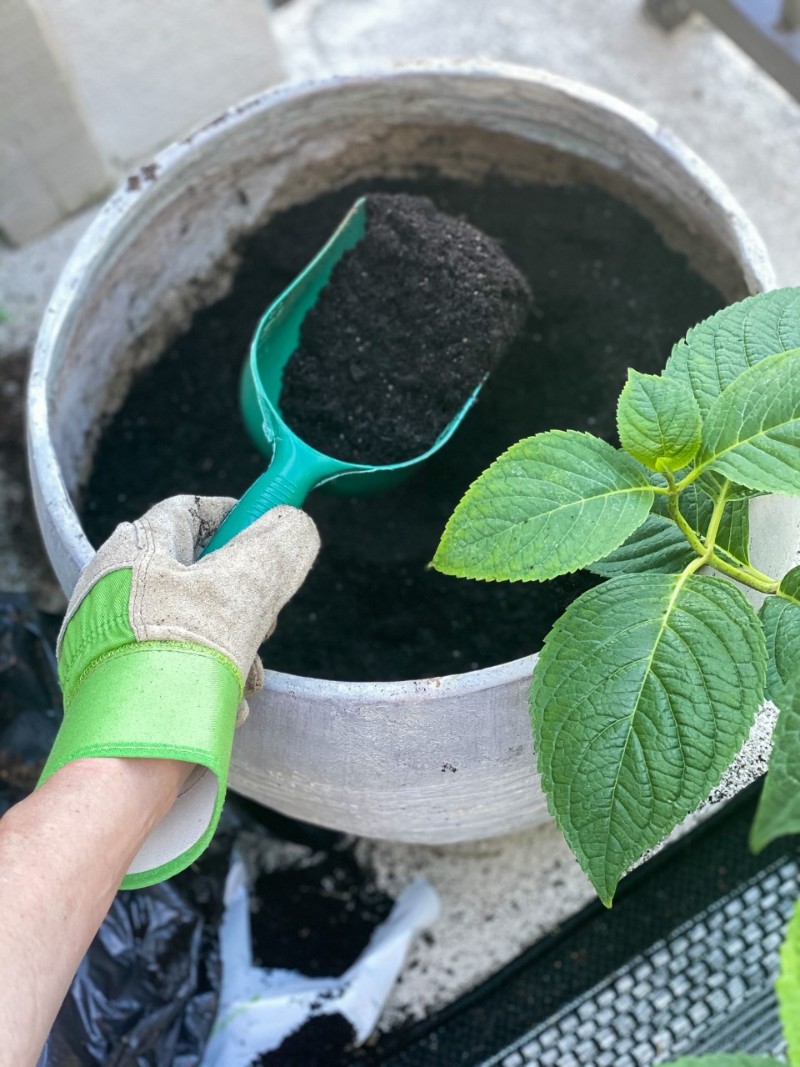
Set Positive Intentions While Planting
Whether you’re planting a seed or a fully-grown plant, set a positive intention in your mind while doing this activity. Similar to bringing objects in your home that “spark joy” (as organizing expert Marie Kondo says), bringing fresh plants into your home can have an uplifting emotional effect on you.
Imagine yourself connecting with each plant, by mentally welcoming it into your home (as a living being). An example of a positive intention that you can think about in your mind is “may this plant bring health and happiness into my space”. By doing this process, every time you look at the plant going forward, you will be reminded of this joyful intention, which will help to uplift your spirits and keep you feeling positive.
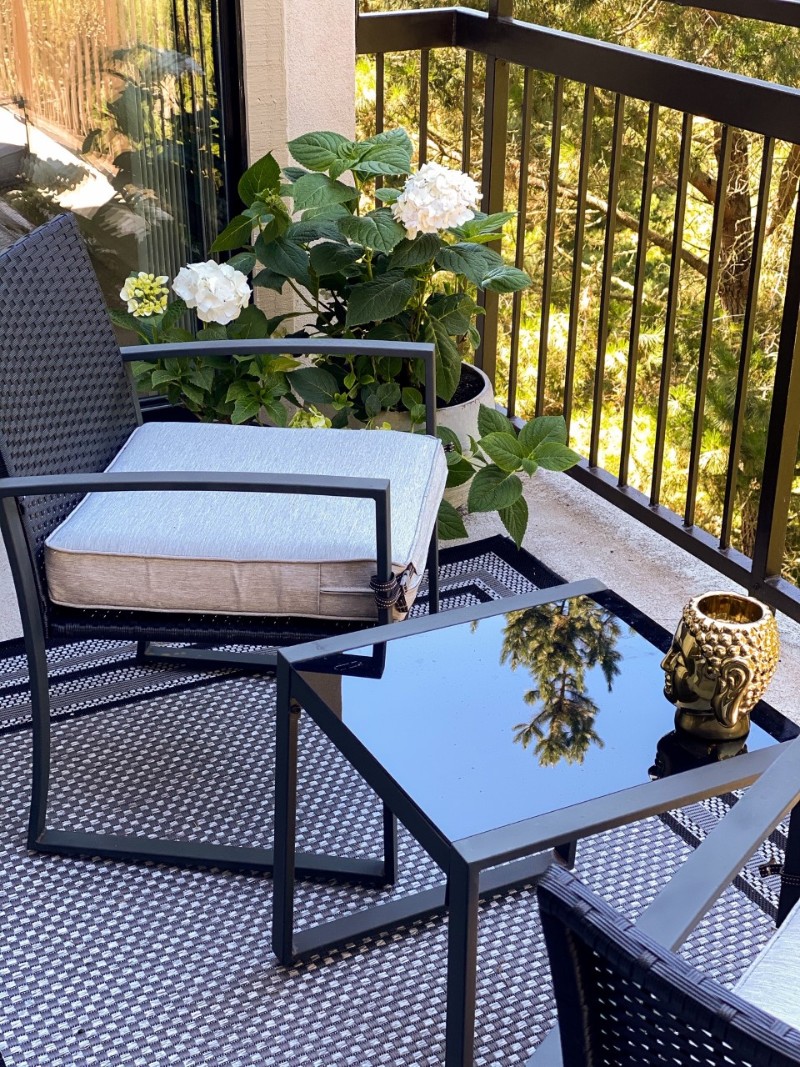
Whether you’re an avid gardener or just getting started, becoming a mindful gardener will help you relieve anxiety, let go of stress, and boost your sense of joy. For more mindfulness tips, check out this meditation guide on I&C.

